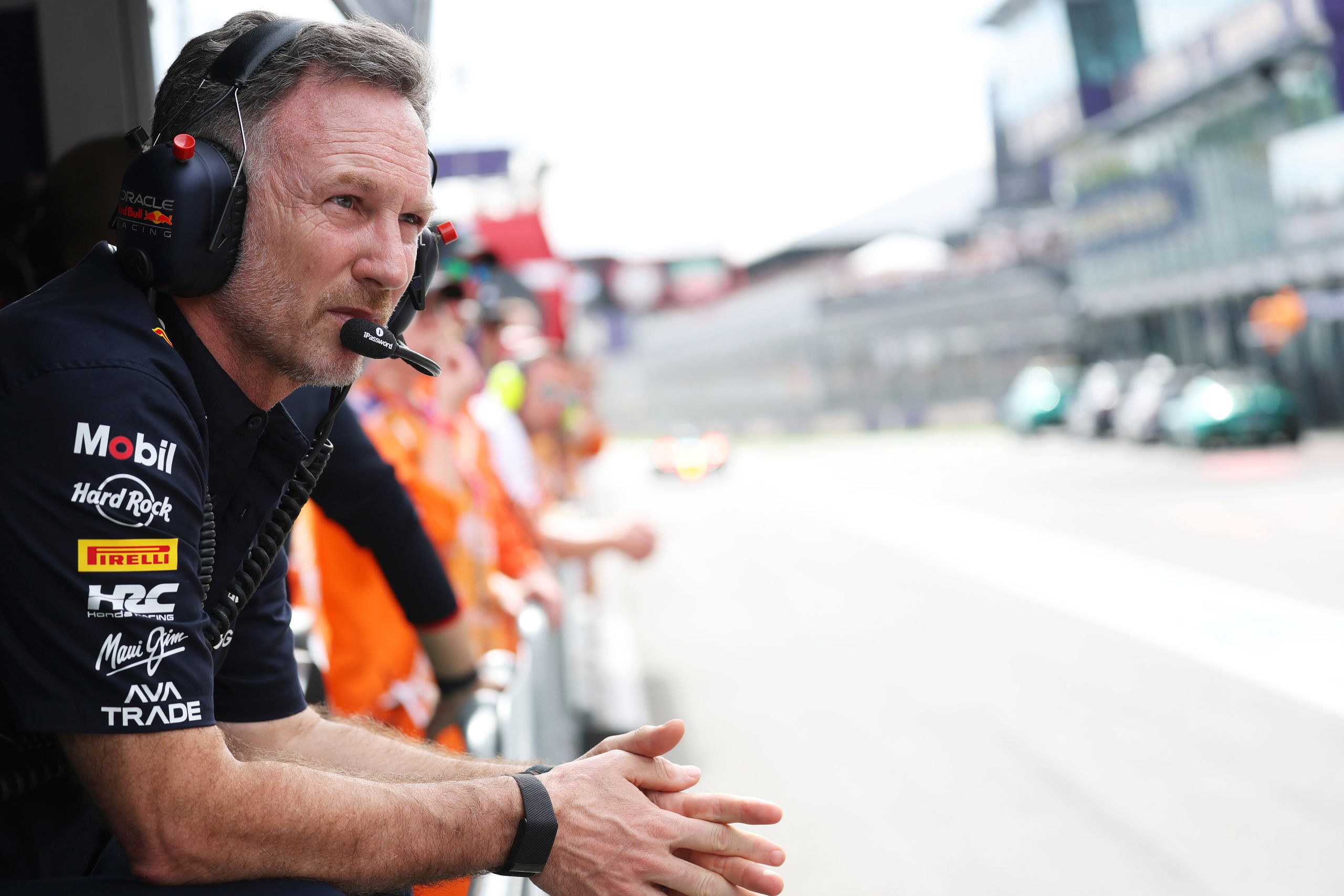How Formula 1 Crash Tests Work


FORMULA 1 crash tests must be passed each year before a new car is passed as fit for use. Introduced in 1985 and supervised by the FIA, these stringent evaluations are usually carried out at the Cranfield Impact Centre in Bedfordshire, England and comprise dynamic (moving) crash tests, static load tests and rollover tests.
How Formula 1 Crash Tests Work
The dynamic impact tests are performed on the front, sides, and rear of the chassis, plus the steering column. The driver’s survival cell must remain undamaged throughout. The weight of the test chassis, including a crash dummy, is 780 kg. The front impact test is done at a speed of 15 metres per second (54 km/h, 33 mph), the lateral at 10 m/s (36 km/h, 22 mph) and the rear at 11 m/s (39.6 km/h, 25 mph).
The speeds may seem low, but are chosen to allow the most accurate measurement of the car’s ability to safely absorb the unwanted momentum of an accident. The limits for maximum deceleration, energy absorption and deformation are precisely defined. For example, during the frontal test the deceleration measured on the chest of the dummy may not exceed 60G (approximately 60 times body weight) within three milliseconds of the impact.
The steering column test is designed to ensure the column will collapse safely in the unlikely event of the driver’s head impacting the steering wheel. The column is fixed to the ground and an 8kg object is projected into the centre of the wheel at a speed of 7 m/s (25 km/h, 16 mph). All substantial deformation must be within the steering column; deceleration must not exceed 80 g for more than three milliseconds; and the wheel’s quick release mechanism must function normally after the test.
In addition to the five dynamic tests, a further 13 static load tests are carried out on the chassis’ front, side and rear structures to ensure they can withstand the levels of collateral pressure required by the regulations. These tests include applying pressure to the floor below the fuel tank, to the side of the nose mount, and to the chassis’ sides at leg and seat levels. The surfaces in question may only deflect or deform within specified limits and there must be no damage to the impact structure, the survival cell or the gearbox.
The car’s rollover structure is tested in three directions – laterally with five tonnes, longitudinally with six tonnes and vertically with nine tonnes – and the level of deformation under load may not exceed 50 mm.
While their principal aim may be F1 safety, the above tests have also helped improve safety for road users, 3000 of whom die each day across the world. For example, the FIA has an active role in the Euro-NCAP road-car testing programme, while former Williams partners Allianz used the global reach of Formula One racing to alert fans to the importance of safety, both on the track and on public roads.
Watch Real Formula 1 Crash Tests
Did you know …that a Formula One car’s cockpit walls, which were heightened by five centimetres in 2008, must withstand impacts equivalent to 250 tonnes?
The Role of Jackie Stewart in Advancing F1 Safety
Jackie Stewart, often celebrated for his racing prowess, played a pivotal role in revolutionizing safety standards within Formula 1. His commitment to improving driver safety stemmed from a personal crusade against the perilous conditions that were once commonplace in the sport. Stewart’s influence began in an era when the risks associated with F1 racing were accepted as the norm, and safety measures were rudimentary at best.
During his career, Stewart was profoundly affected by the loss of close friends and colleagues who died in racing incidents. These losses included some of the sport’s most promising talents, whose careers were tragically cut short. Motivated by these events, Stewart became a vocal advocate for safety, challenging the status quo that overlooked the well-being of drivers.
Stewart’s advocacy efforts focused on several key areas: the implementation of better safety equipment, the introduction of medical facilities at race tracks, and the structural changes to cars and circuits. He pressed for the use of full-face helmets, seat belts, and fire-resistant suits, which were not widely adopted at the time. His insistence on having professional medical teams and better emergency services at race tracks was revolutionary, setting new standards that significantly improved the immediate response to accidents.
One of Stewart’s most significant impacts was on the design and construction of race tracks. He campaigned for improved runoff areas and barriers that could absorb the impact of crashes more effectively. Stewart’s relentless pursuit of these changes began to reshape the entire framework of F1 racing, from car design to track safety, leading to a gradual reduction in fatal accidents.
The legacy of Jackie Stewart’s safety crusade is evident in the modern era of Formula 1, where comprehensive safety protocols are an integral part of the sport. His efforts have not only enhanced the safety of the drivers but have also contributed to the broader acceptance of the need for continuous improvement in safety standards across all motorsports. His role as a safety advocate has left an indelible mark on Formula 1, making it a safer environment for both drivers and fans alike.





